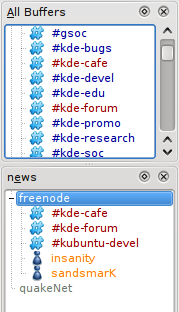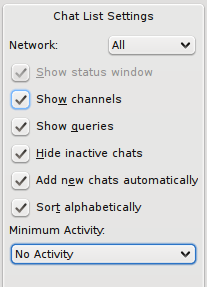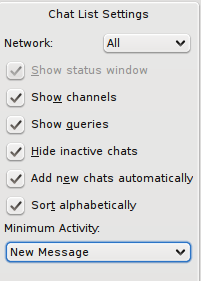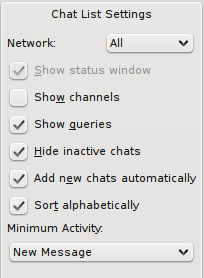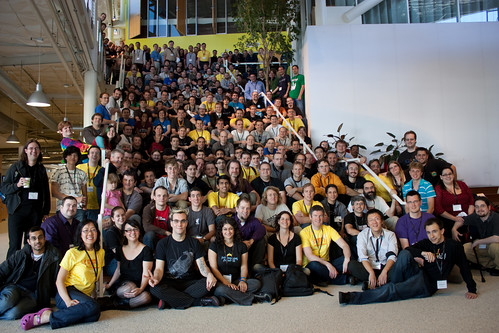
Group Photo, originally uploaded by warthog9.
Leo and I went to California for the GSoC mentor summit to talk to lots of other mentors and admins about Summer of Code and whatever else was on our mind. In short: absolutely awesome and definitely worth the travel (which included lots of hours in airplanes and airports for me including an unplanned 6 hour stay in Salt Lake City – thank you very much border control).
The energy you get when you put that many geeks together is amazing. And at the same time it is quite different from conferences where you only have one project present like Akademy. It shows you that people working on competing projects are actually pretty cool people when sitting in a hot-tub with them *g*. (If course I knew that one before but it feels good to be reassured about it.) It shows you a lot of white spots on your personal open source map. Any idea what the Boost community looks like? Any idea how huge the Apache Software Foundation is? Now I do. It has definitely been interesting for me to see how different communities are managing their day-to-day business and especially GSoC. And the most surprising thing for me: Even pretty dysfunctional communities can release decent software 😀 I also learned that you can indeed have a session on minorities in free software and actually get useful results everyone can apply in their communities instead of getting derailed and discussing colors of random bike sheds. (They should all be blue and have pink doors of course.)
Check out the session notes (not 100% complete at the time of this post but hopefully soon), the one thing people learned at the summit and pics.
Thanks a lot to Google and everyone who attended the summit for making this happen. It has been 2 intense days and a great experience.
After the summit I stayed another 2 days with Alejandro to check out the area. Thanks so much for offering a place to crash. We went to San Francisco – what a great city – and met up with Gary and blauzahl who were great hosts. (Sorry I wasn’t more talkative that night folks but the previous days really drained my energy.) And it again showed me one of the best things about our community: No matter where I go on this world, friends are never far. I uploaded a few pictures to my Flickr page.
I’ll definitely have to return – not just for the massage chairs and hot-tub.


